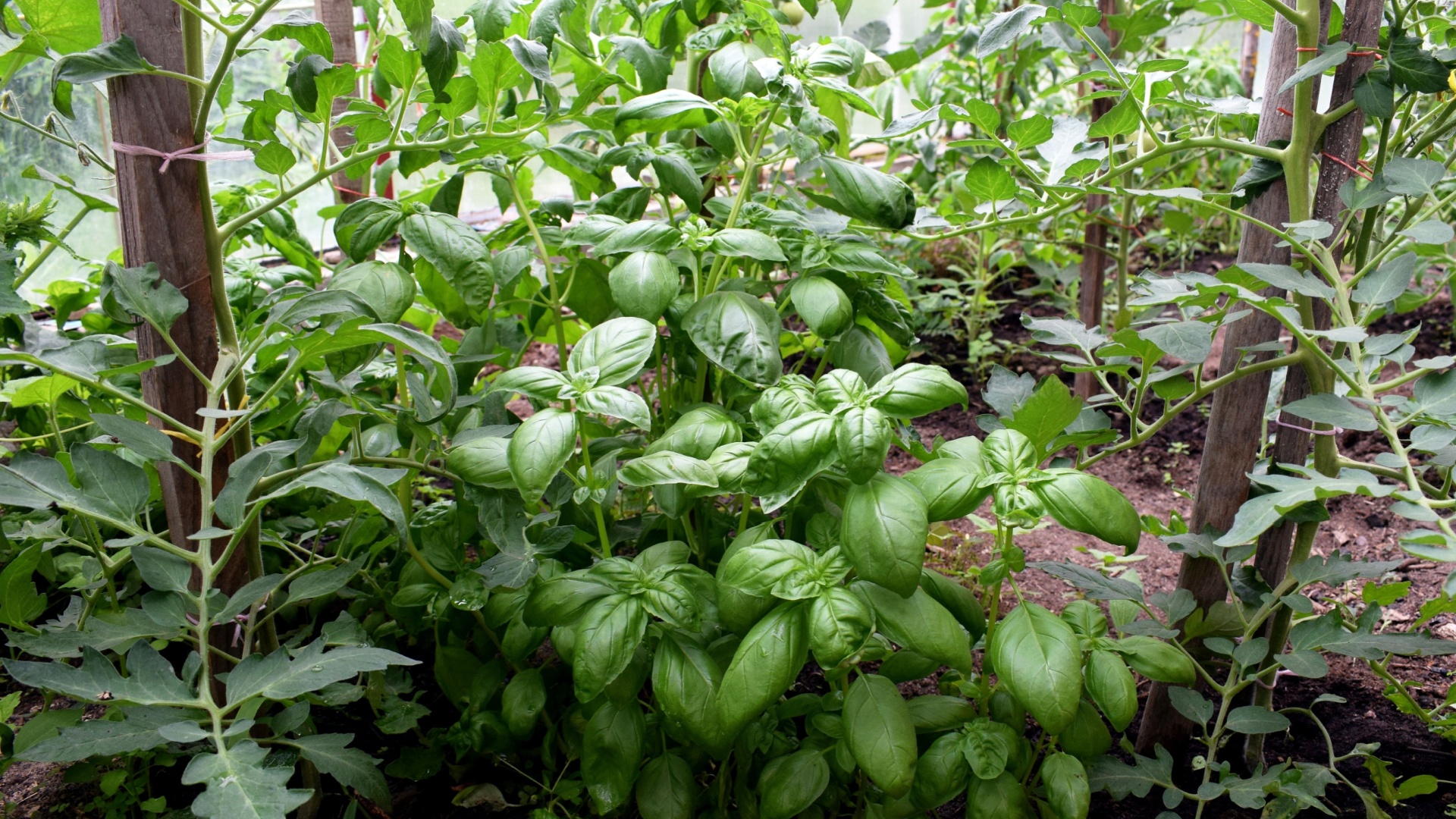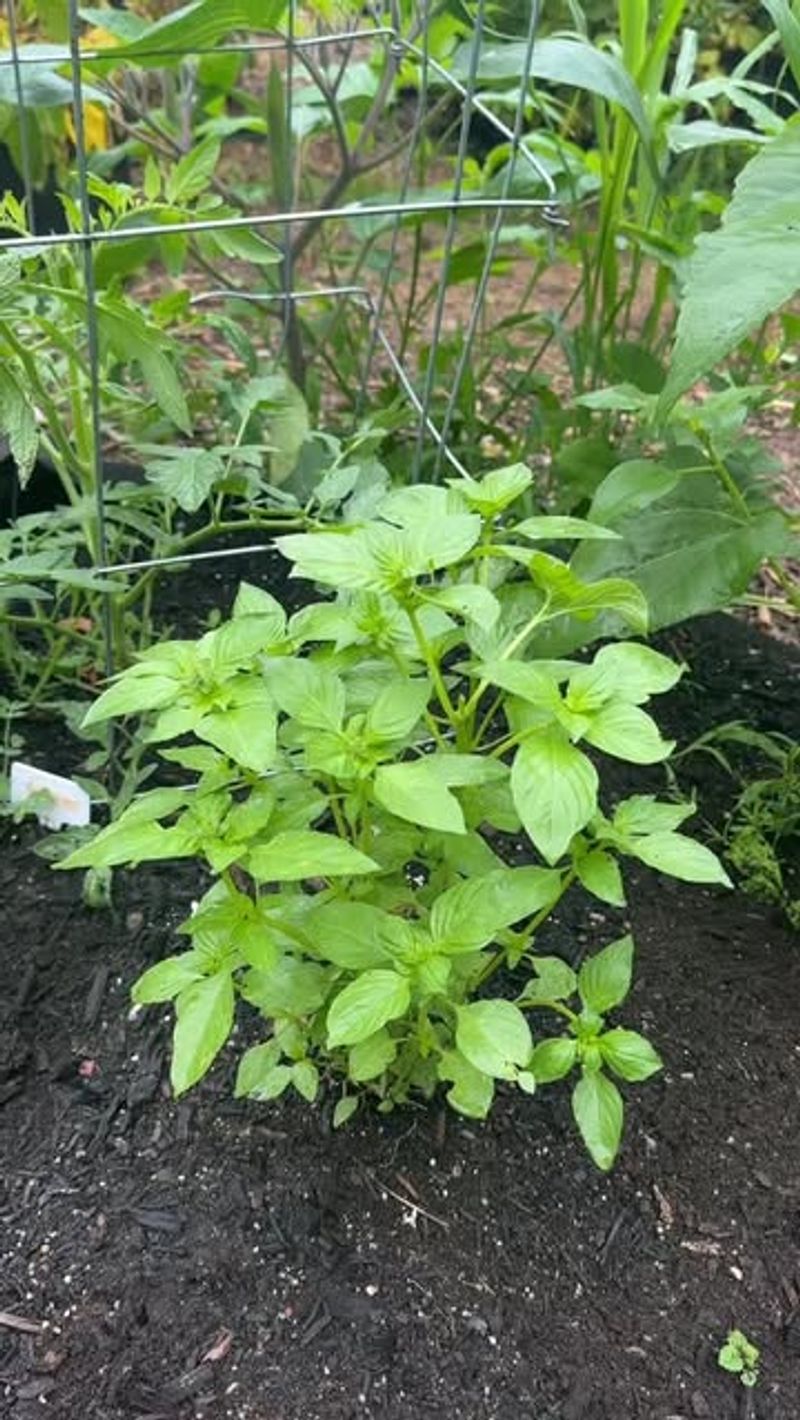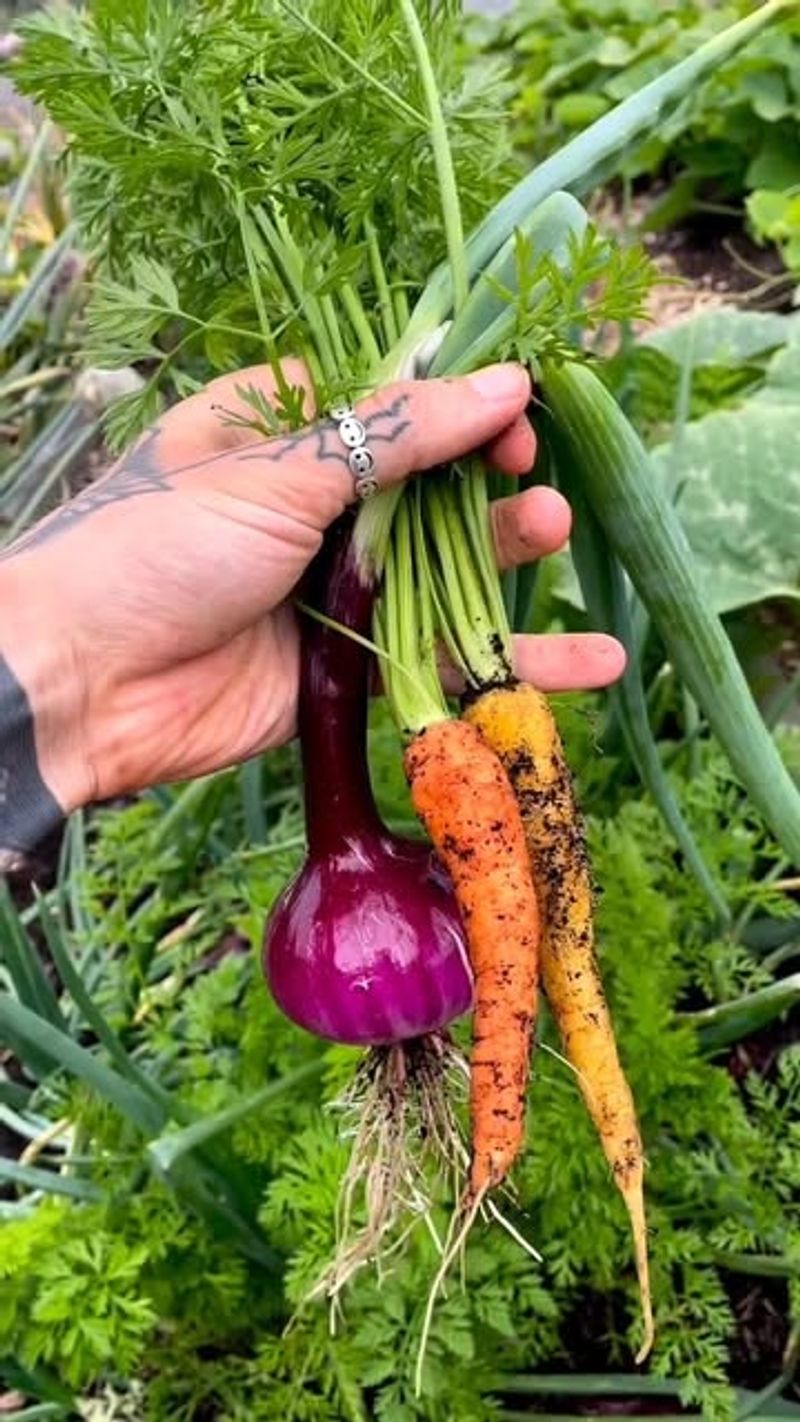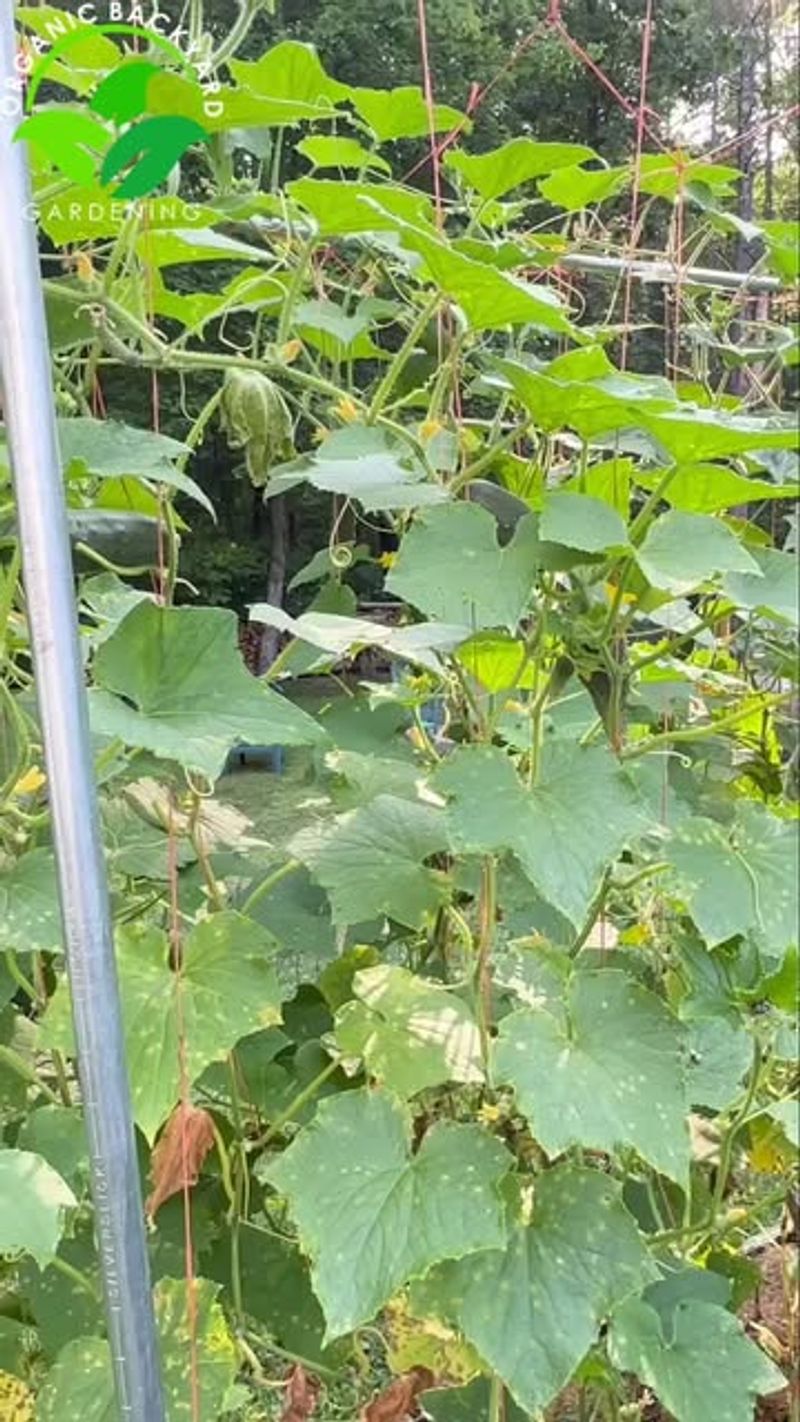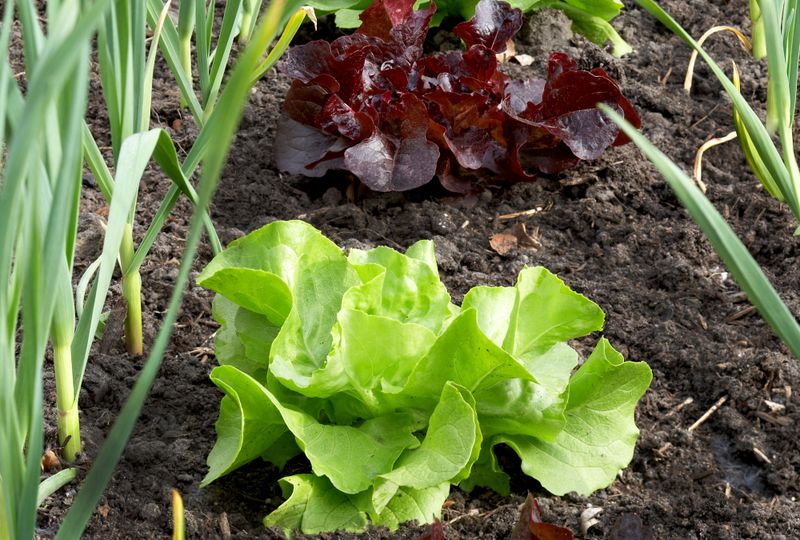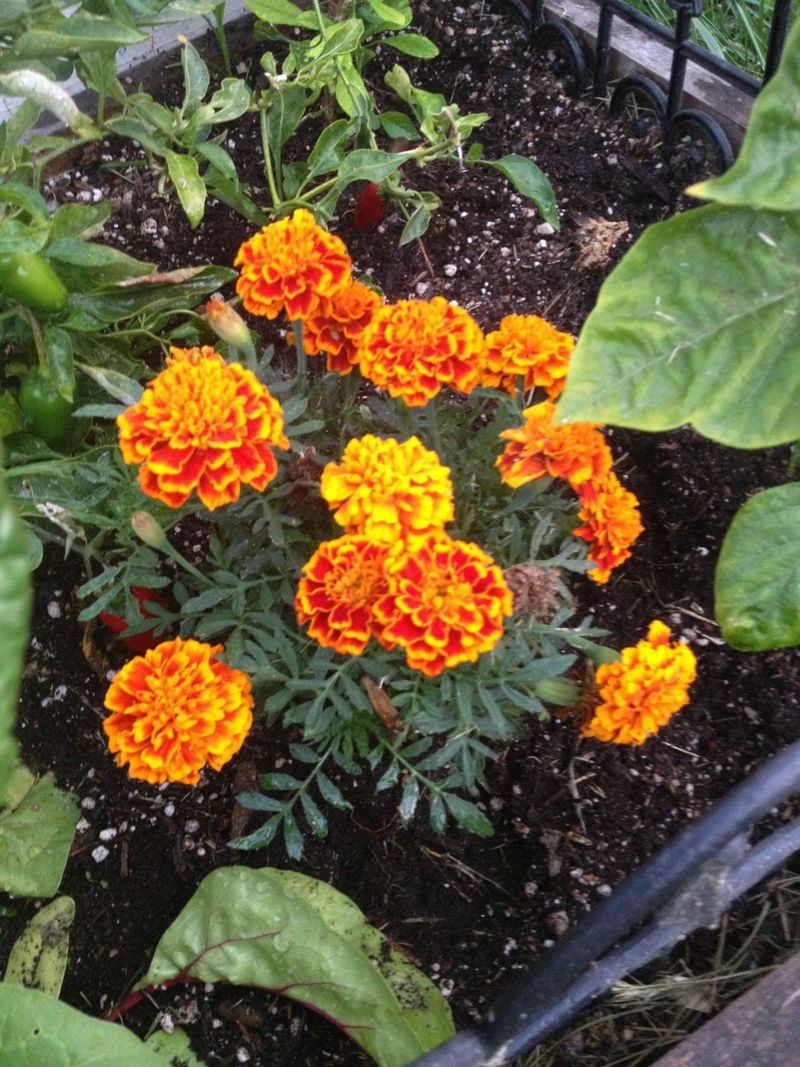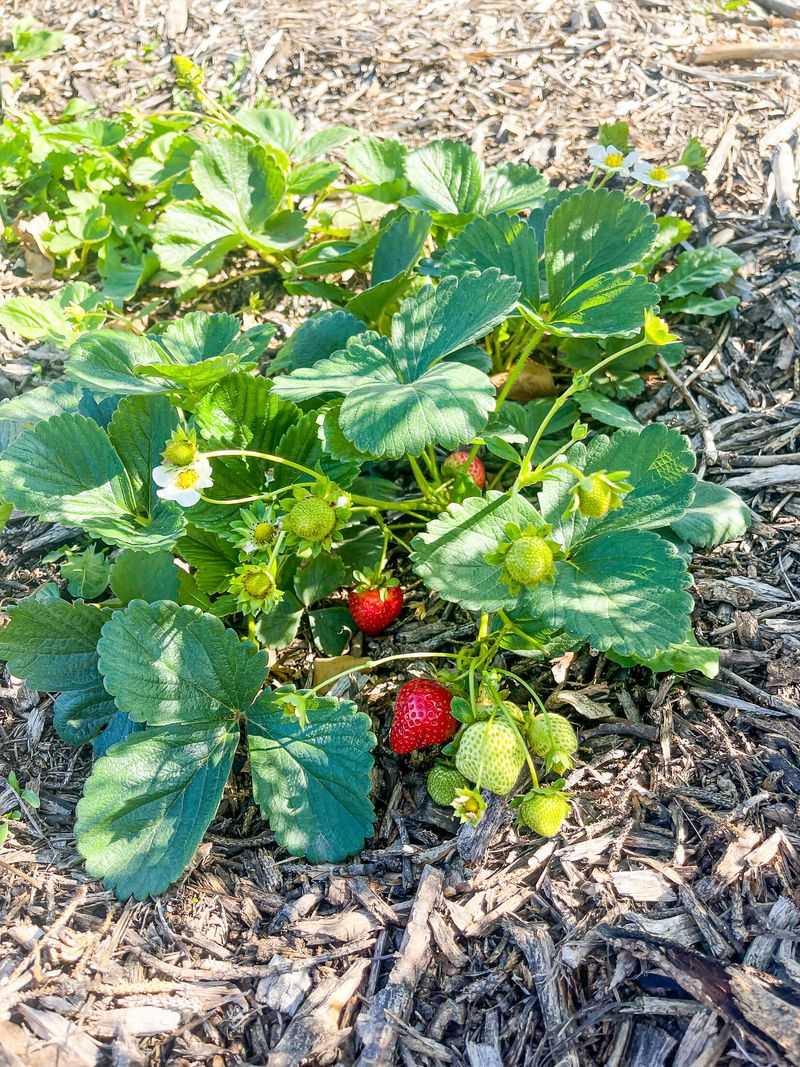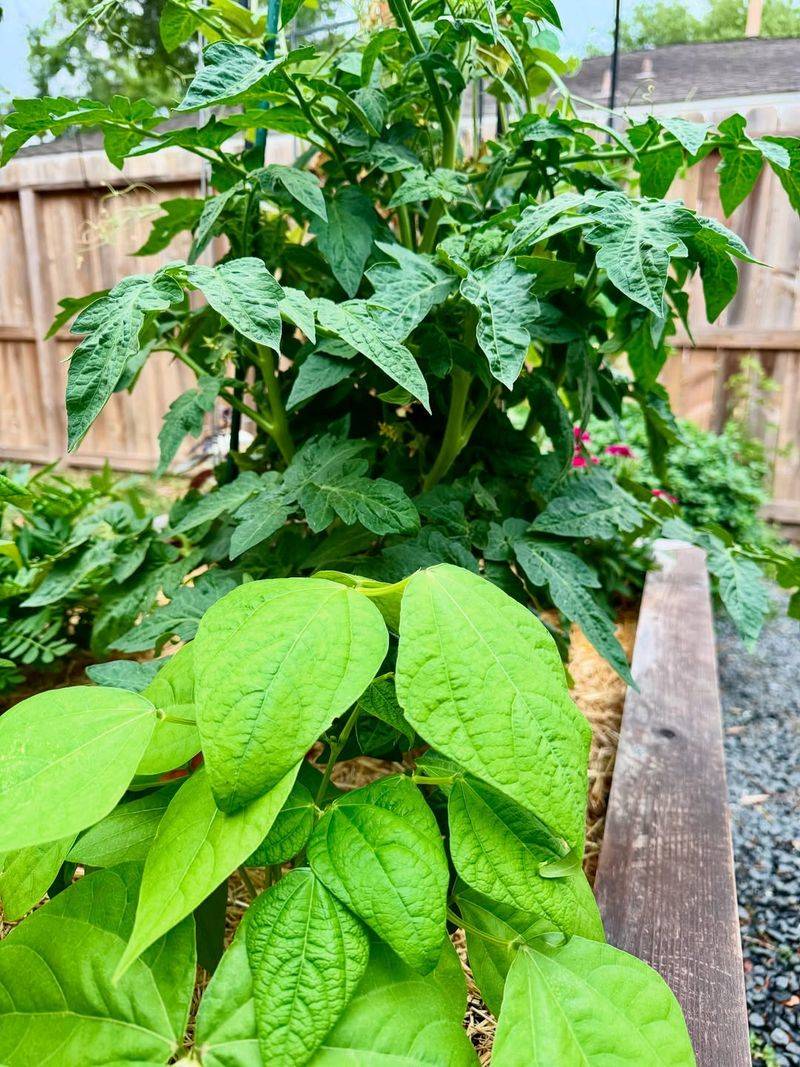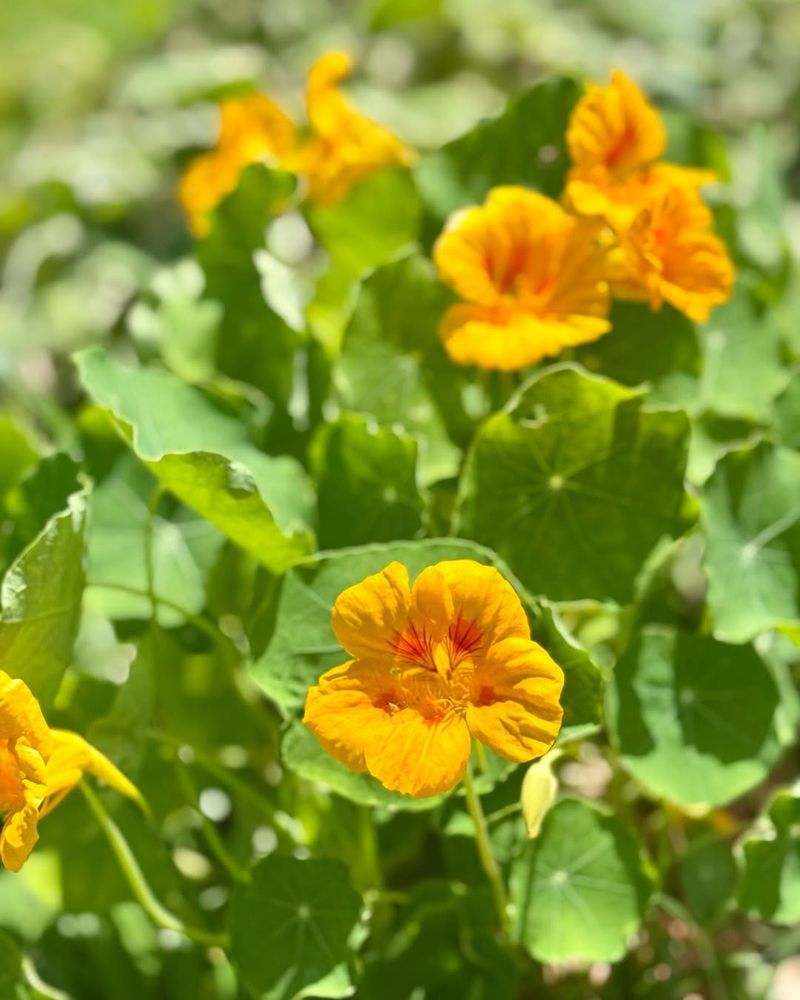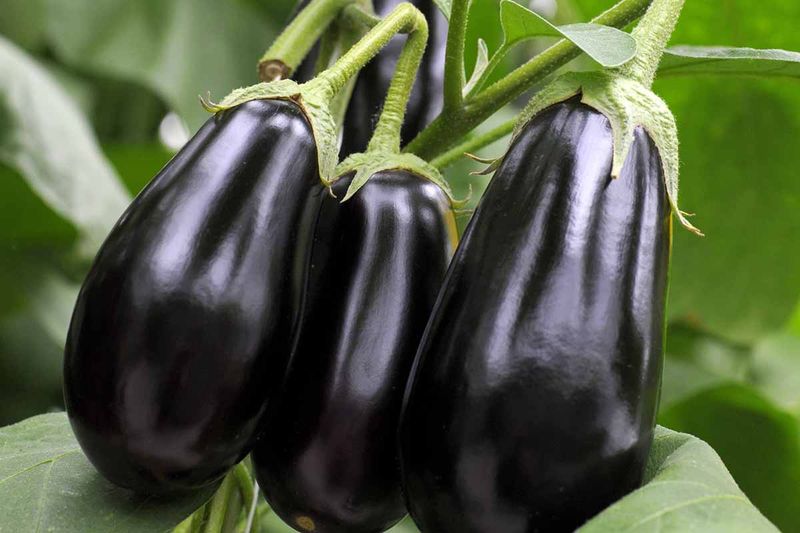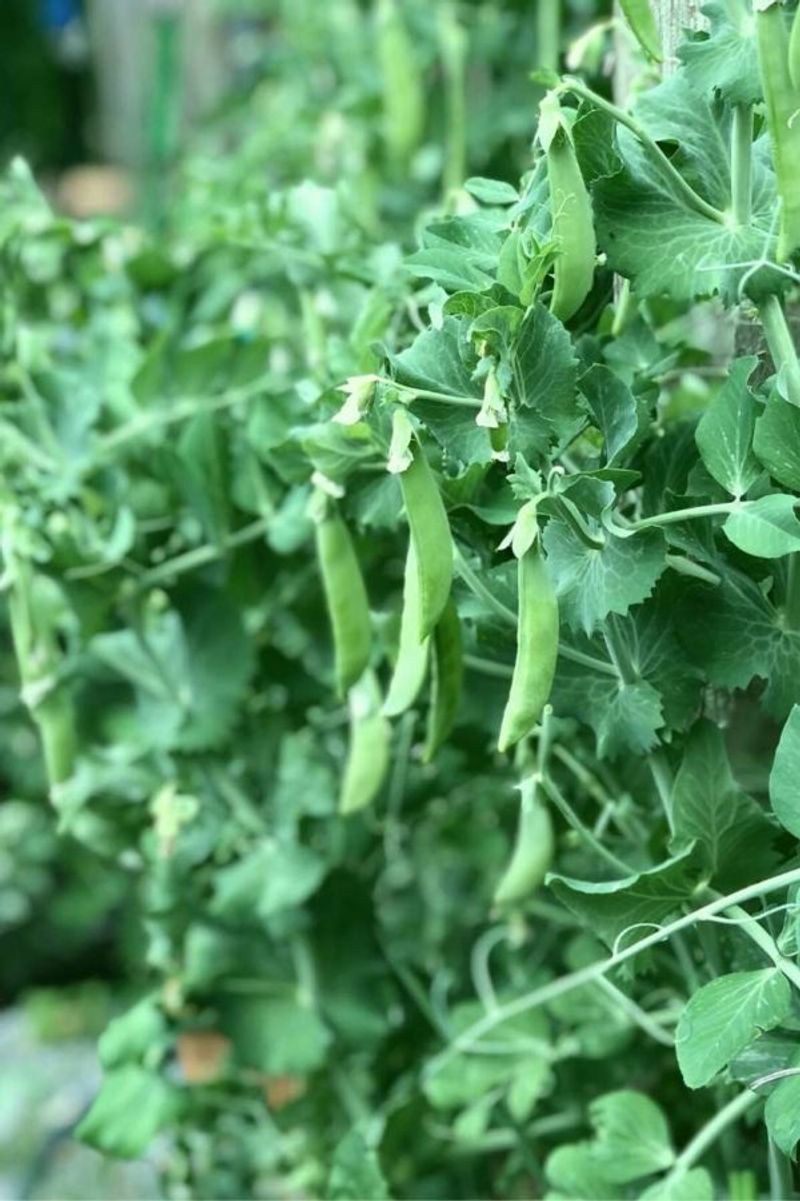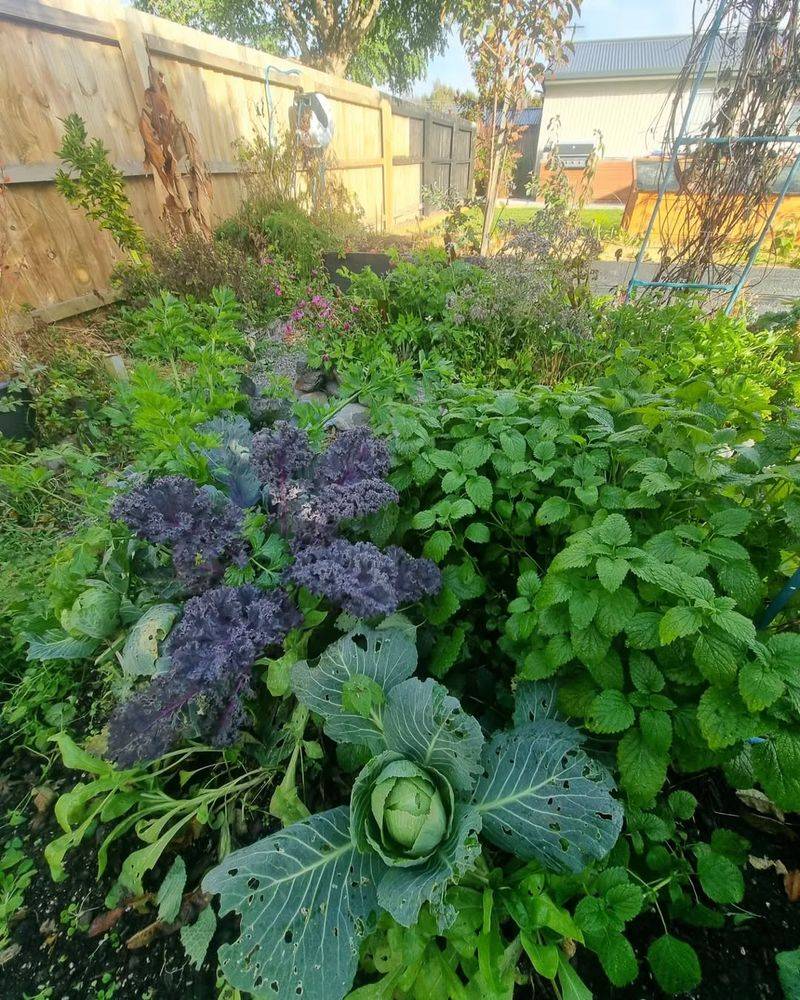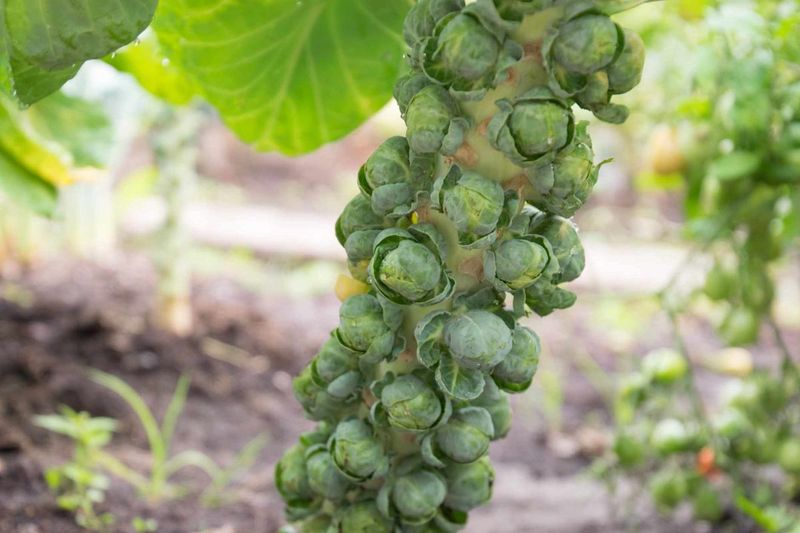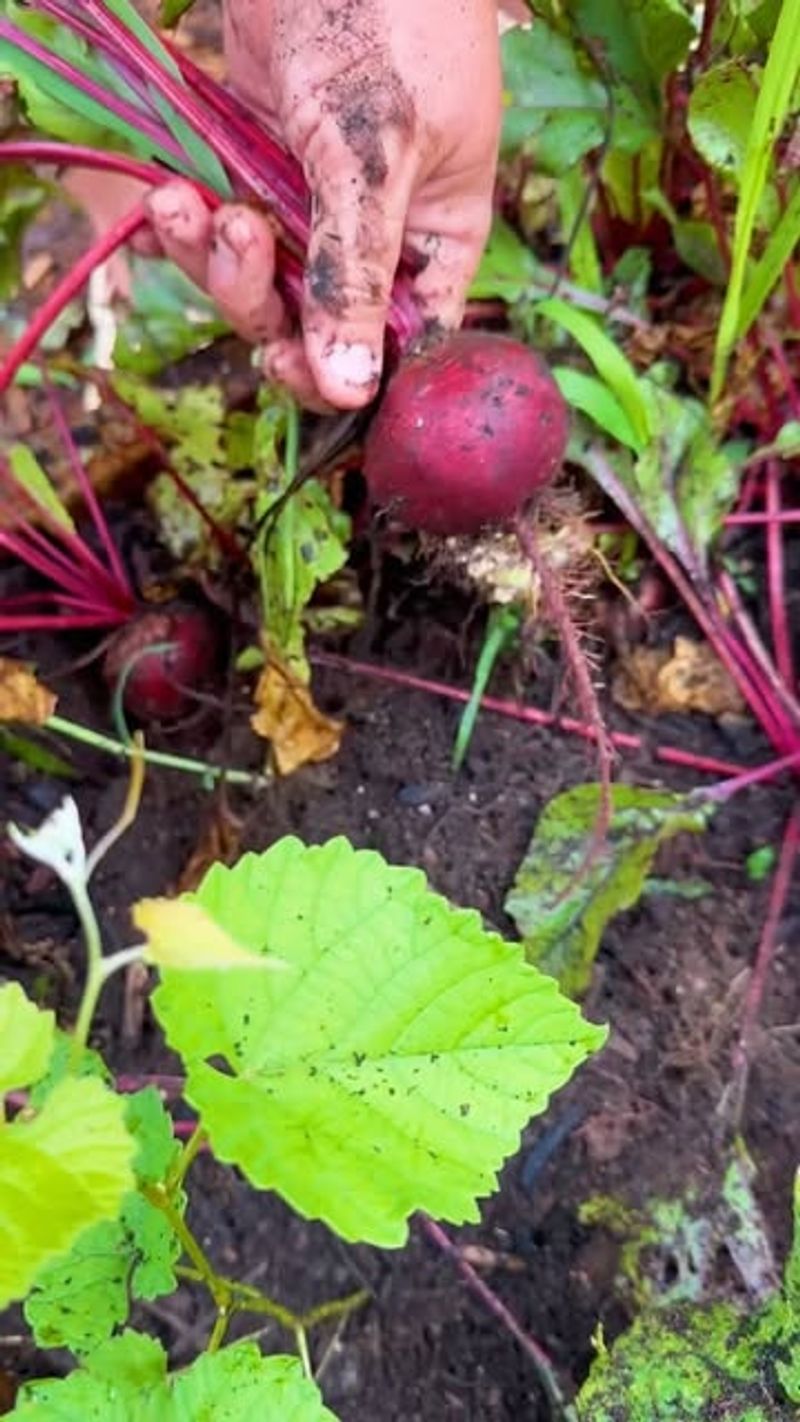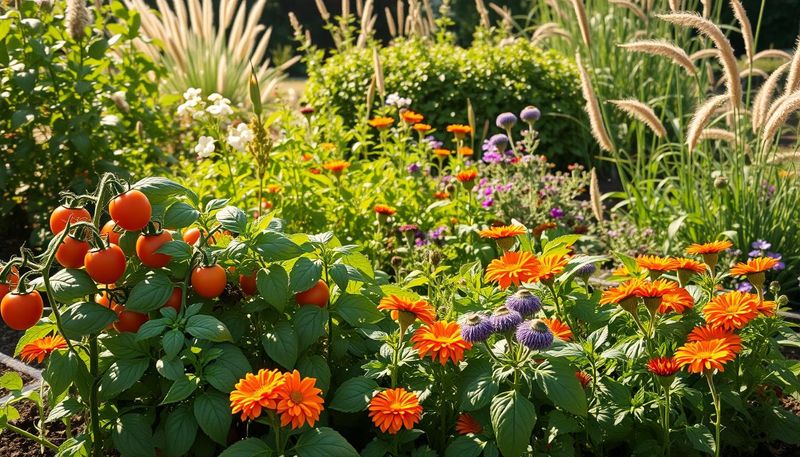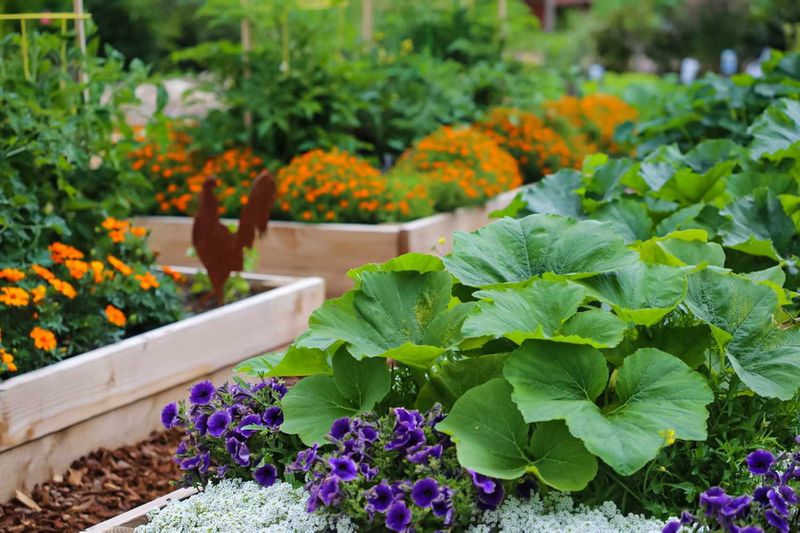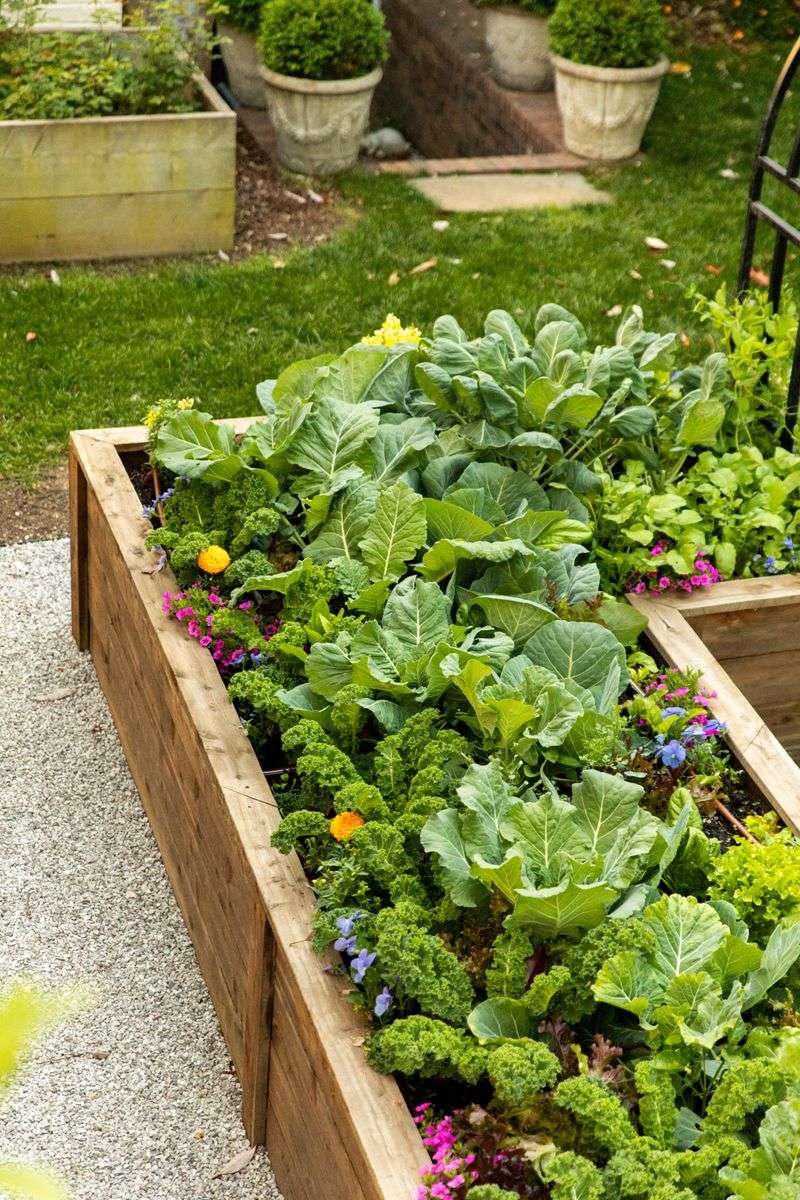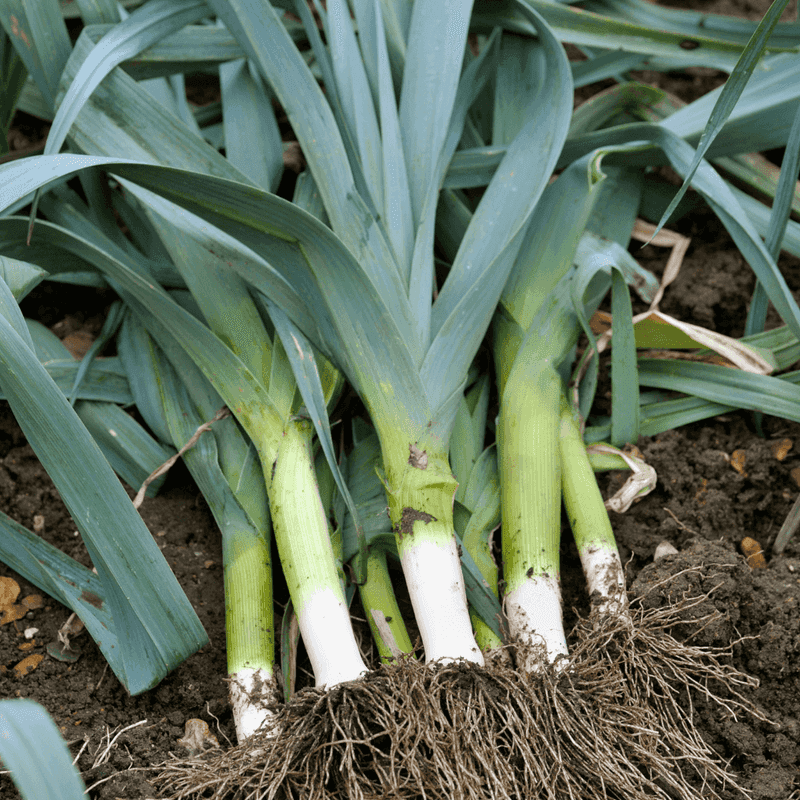Think you need a huge plot to grow a ton of veggies? Think again. These 18 unusual vegetable pairings aren’t just space-saving—they actually help each other grow better.
Perfect for raised beds, containers, or small backyard plots, these smart combos prove that tighter spaces can lead to bigger harvests.
1. Tomatoes and Basil: The Classic Italian Duo
Not just delicious on your plate, tomatoes and basil thrive side by side in the garden too. Basil naturally repels tomato hornworms and flies while improving the flavor of your tomatoes. The strong scent of basil acts as a natural pest deterrent.
Meanwhile, the taller tomato plants provide partial shade for basil during intense afternoon sun, creating a microclimate that both plants enjoy. In containers or raised beds, this pair maximizes vertical space – tomatoes grow up while basil spreads below.
2. Carrots and Onions: Underground Allies
Carrots and onions form a perfect underground partnership in tight spaces. Onions drive away carrot flies with their strong scent, while carrots help deter onion pests like onion flies. Plant them in alternating rows to maximize this protective relationship.
Their different root structures mean they don’t compete for nutrients – carrots grow deep while onions stay relatively shallow. Both vegetables store well after harvest, giving you a long-lasting food supply from minimal garden space.
3. Cucumbers and Corn: Vertical Meets Sturdy
Corn stalks serve as natural trellises for climbing cucumber vines, creating a space-saving vertical garden. Cucumbers happily climb the sturdy corn stalks, keeping fruits clean and pest-free off the ground. Corn’s deep roots draw up nutrients from lower soil layers that benefit shallow-rooted cucumbers.
The shade from corn helps keep cucumber roots cool during hot summer days. Add pole beans to create the Native American “Three Sisters” planting method – beans fix nitrogen that feeds both corn and cucumbers.
4. Lettuce and Radishes: Quick Harvest Partners
Fast-growing radishes mark rows where slower-germinating lettuce is planted, acting as living row markers. Harvest radishes within 30 days, creating perfect spacing for lettuce to expand into. Radishes break up soil compaction, making it easier for lettuce roots to develop.
Their different harvest times mean you’re continuously harvesting from the same small space. Shallow-rooted lettuce and deeper-rooted radishes access nutrients at different soil levels, making efficient use of your garden’s resources without competing with each other.
5. Peppers and Marigolds: Colorful Protectors
Bright marigolds aren’t just pretty – they actively protect pepper plants from nematodes and other soil pests. Their strong scent confuses and repels many insects that would normally attack your peppers. Marigolds attract beneficial insects like ladybugs and hoverflies that prey on pepper pests.
The shallow roots of marigolds don’t compete with pepper plants for nutrients or water. Together they create a visually stunning garden space that’s both productive and beautiful – perfect for small gardens where vegetables need to look good too!
6. Spinach and Strawberries: Shade and Sweetness
Spinach appreciates the partial shade provided by strawberry plants during hot weather. Meanwhile, strawberries benefit from spinach’s ability to suppress weeds between plants. Harvest spring spinach just as strawberries begin needing more space to spread.
Then plant a fall crop of spinach as strawberry production slows, maximizing your garden’s productivity across seasons. Both plants have shallow root systems but different nutrient needs, allowing them to share space without excessive competition. Their staggered harvest times provide continuous yields from the same small garden area.
7. Beans and Potatoes: Above and Below Team
Beans fix nitrogen in the soil, providing a natural fertilizer for hungry potato plants. Meanwhile, potato plants deter the Mexican bean beetle, a common pest that can devastate bean crops. Plant potatoes first, then add beans when potato plants are about 6 inches tall. The different harvest times mean you’ll dig potatoes after bean production has peaked.
Bush beans work better than pole beans for this pairing since they won’t shade potatoes excessively. This combination efficiently uses vertical space – beans grow up while potatoes develop underground.
8. Zucchini and Nasturtiums: Pest-Repelling Beauty
Sprawling zucchini plants gain valuable protection from nasturtiums, which act as trap crops for aphids and squash bugs. The bright flowers of nasturtiums attract pollinators that improve zucchini fruit set. Plant nasturtiums around the perimeter of zucchini plants. Their trailing habit fills empty spaces between larger zucchini leaves, maximizing ground coverage and reducing weeds.
Bonus: both plants have edible parts! Nasturtium flowers and leaves add a peppery zip to salads, while zucchini provides abundant summer squash. Two food crops in the space normally needed for one.
9. Eggplant and Catnip: Feline-Friendly Protection
Catnip does double duty by repelling flea beetles that typically plague eggplants while attracting beneficial predatory insects. Your cats might enjoy visiting the garden, but most garden pests steer clear of catnip’s strong scent. Eggplants need plenty of sun, while catnip tolerates partial shade, making them compatible neighbors.
Plant catnip around the perimeter of your eggplant bed as a protective barrier. Harvest catnip leaves regularly to keep plants compact and prevent them from overshadowing eggplants. Dried catnip makes great tea for humans and toys for cats – a multi-purpose garden addition!
10. Kale and Garlic: Strong-Flavored Defenders
Fall-planted garlic protects spring kale from aphids and other pests with its natural sulfur compounds. The strong scent of garlic confuses insects looking for kale, creating a natural pest barrier. Plant garlic in fall, then add kale seedlings between rows in early spring.
By summer, harvest the kale as garlic bulbs mature, making efficient use of the same garden space across seasons. Both plants are cold-tolerant, extending your growing season in both directions. Their different growth habits – tall, slender garlic alongside broader kale – make efficient use of small garden spaces.
11. Peas and Radishes: Early Season Maximizers
Spring peas climb upward on trellises while quick-growing radishes develop below, maximizing your early season garden space. Radishes mature in just 3-4 weeks, long before peas need the extra root space. Peas fix nitrogen that benefits radishes, while radishes break up soil for pea roots.
The shade from climbing peas helps keep radishes from bolting (going to seed) too quickly in warming spring temperatures. Start both crops as soon as soil can be worked in spring for the earliest possible harvest from your garden. Their mutual benefits create higher yields from minimal space.
12. Cabbage and Thyme: Aromatic Defense System
Cabbage plants gain natural protection from cabbage moths when surrounded by fragrant thyme. The strong aroma masks the scent that normally attracts these destructive pests to cabbage family plants. Low-growing thyme creates a living mulch under cabbage plants, suppressing weeds and retaining soil moisture. Its shallow roots don’t compete with the deeper cabbage roots for nutrients.
Harvest thyme throughout the growing season without disturbing your developing cabbage heads. This dual-purpose planting provides both a culinary herb and a protective barrier for your main crop.
13. Brussels Sprouts and Sage: Tall Meets Aromatic
Tall Brussels sprout stalks tower above sage plants, which help repel cabbage moths with their strong scent. Sage’s aromatic oils confuse pests looking for Brussels sprouts, providing natural protection. Brussels sprouts take months to mature, while sage provides continuous harvests of aromatic leaves.
The different growth habits – vertical sprouts and bushy sage – maximize space in small gardens. Sage attracts pollinators and beneficial insects that help control aphids on Brussels sprouts. Keep sage pruned to prevent it from becoming woody and to maintain good air circulation around your Brussels sprouts.
14. Beets and Onions: Root Vegetable Companions
Beets and onions make perfect underground neighbors because their root systems occupy different soil depths. Onions help deter pests that might damage beet greens, while beets help break up soil for onion development. Alternate rows of beets and onions to maximize their protective relationship.
The different leaf structures – upright onion tops and spreading beet greens – use the above-ground space efficiently too. Both crops store well after harvest, providing food long after the growing season ends. Their different maturity times mean you’ll be harvesting from the same space for months.
15. Swiss Chard and Dwarf Sunflowers: Colorful Height Variation
Vibrant Swiss chard stems in red, yellow and orange complement dwarf sunflowers in this eye-catching pairing. The sunflowers attract pollinators and beneficial insects that help protect Swiss chard from pests. Dwarf sunflowers grow 2-3 feet tall, providing afternoon shade that helps Swiss chard thrive during summer heat.
Their sturdy stalks can even support chard that might flop over in heavy rain. Harvest chard leaves continuously while waiting for sunflower seeds to mature. After harvesting sunflower heads, leave the stalks as supports for fall chard growth.
16. Arugula and Bush Beans: Nitrogen-Rich Partnership
Spicy arugula benefits from the nitrogen-fixing abilities of bush beans, growing more lush and flavorful. Fast-growing arugula provides quick harvests while slower bush beans are developing. Plant arugula between bean rows early in the season. By the time beans need more space, you’ll have harvested most of your arugula, making room for the expanding bean plants.
Both plants have shallow root systems but different nutrient needs, allowing them to share space harmoniously. This pairing works especially well in containers and raised beds where space is at a premium.
17. Broccoli and Oregano: Mediterranean Pest Control
Oregano releases aromatic oils that mask the scent of broccoli from cabbage butterflies and other pests. Its low, spreading growth habit creates a living mulch under broccoli plants, suppressing weeds. Bees and beneficial insects attracted to oregano’s tiny flowers help pollinate nearby vegetables and hunt pest insects. The strong scent confuses pests looking for broccoli, providing natural protection. Harvest oregano regularly to keep it from spreading too aggressively. This keeps the plants bushy rather than woody and ensures good air circulation around your broccoli heads.
18. Leeks and Celery: Mutual Pest Deterrents
Leeks and celery form a mutually beneficial relationship by deterring each other’s pests. Leeks repel carrot flies that damage celery, while celery helps keep leek moths away. Both plants enjoy similar growing conditions – consistent moisture and rich soil.
Their different growth patterns – upright leeks alongside bushier celery – make efficient use of garden space. Plant them in alternating rows or clusters for maximum protective benefit. The strong scents of both plants mask each other from their respective pests, creating a natural barrier that reduces the need for pesticides.

